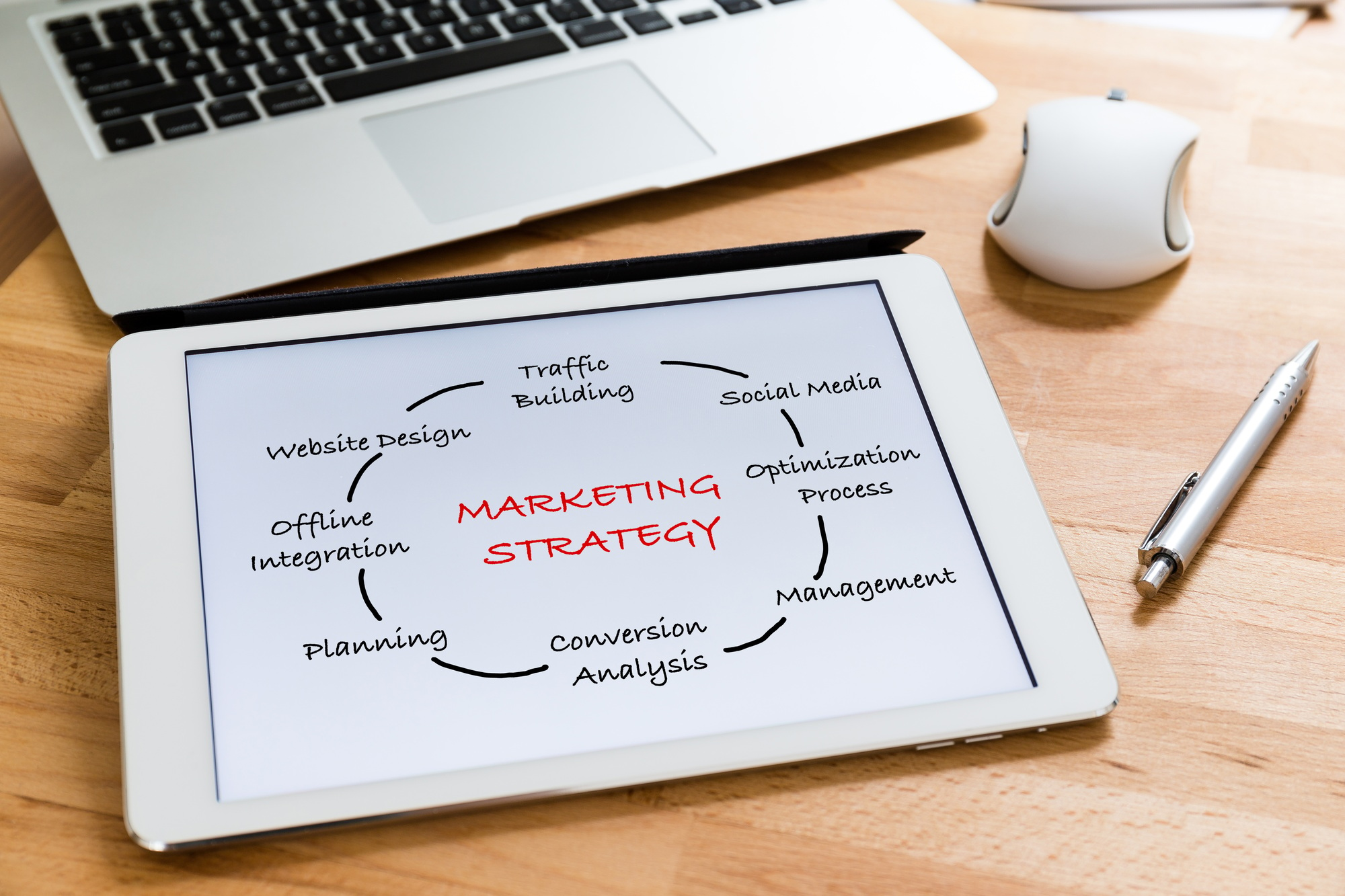Key Takeaways

- Email Conversion Rate Definition: Understand that the email conversion rate is the percentage of recipients who complete a desired action after engaging with your email, crucial for measuring campaign effectiveness.
- Strategic Importance: Recognizing the importance of this metric can guide your marketing strategies, improve ROI, increase engagement, enhance deliverability, and inform future campaigns.
- Key Influencing Factors: Focus on relevant content, compelling subject lines, and strong CTAs to optimize your email campaigns and drive higher conversion rates.
- Effective Improvement Strategies: Implement A/B testing and segmentation to refine your email campaigns based on audience preferences and behaviors, leading to better engagement and sales.
- Monitoring Tools and Metrics: Use tools like Google Analytics and your Email Service Provider’s analytics to track key metrics such as open rates, click-through rates, and unsubscribe rates for continuous improvement.
In today’s digital landscape, mastering your email conversion rate can make or break your marketing strategy. It’s not just about sending emails; it’s about crafting messages that resonate with your audience and drive action. Understanding what influences your conversion rate can help you optimize your campaigns for maximum impact.
Whether you’re a seasoned marketer or just starting out, knowing how to analyze and improve your email performance is crucial. With the right techniques, you can transform your email list into a powerful tool for engagement and sales. Let’s dive into the key factors that can enhance your email conversion rate and turn your subscribers into loyal customers.
Understanding Email Conversion Rate

Email conversion rate measures the effectiveness of your email campaigns in driving desired actions from recipients. This metric enables you to gauge how well your content resonates with your audience, especially for small business marketing efforts.
Definition of Email Conversion Rate
Email conversion rate is the percentage of recipients who complete a targeted action after engaging with your email. This action could include making a purchase, signing up for a newsletter, or downloading a resource. To calculate this rate, divide the number of conversions by the total number of emails delivered, then multiply by 100. For example, if you send 1,000 emails and 50 recipients make a purchase, your conversion rate is 5%.
Importance of Email Conversion Rate
Email conversion rate holds significant importance for several reasons.
- Guides Strategy: It highlights which campaigns perform well, allowing you to refine your marketing strategies effectively.
- Increases ROI: Higher conversion rates lead to increased revenue. Optimizing your email content can drive more sales for your small business.
- Enhances Engagement: Understanding this rate helps identify what resonates with your audience, leading to better engagement.
- Affects Deliverability: Higher conversion rates signal to email providers that users find your content valuable, improving inbox placement.
- Informs Future Campaigns: Analyzing trends in your conversion rates equips you with insights for upcoming email marketing campaigns.
Factors Influencing Email Conversion Rate

Several factors significantly impact your email conversion rate. Understanding these elements enhances your marketing efforts and helps your small business achieve better results.
Content Relevance
Content relevance plays a critical role in your email campaigns. Emails with personalized and relevant content aligned with user interests lead to higher conversion rates. Incorporating the recipient’s name or referencing previous purchases enhances the perceived value. Focus on crafting messages that connect with your audience’s needs and preferences, improving overall engagement.
Subject Lines
Subject lines directly influence open rates and, subsequently, conversion rates. Utilize compelling and concise subject lines to capture attention. Experiment with personalization, urgency, or exclusivity to entice recipients. Testing various subject lines can identify what resonates best with your audience, ultimately driving higher conversions.
Call-to-Action (CTA)
A clear and compelling CTA is essential for guiding recipients toward desired actions. Place prominent, easy-to-understand CTAs within your emails to encourage immediate responses. Effective CTAs use action-oriented language and create a sense of urgency. For optimal results, ensure the CTA aligns with the email content and the expectations set within.
Strategies to Improve Email Conversion Rate

Improving your email conversion rate involves implementing effective strategies that can lead to higher engagement and sales for your small business. Focus on A/B testing and segmentation for optimal results.
A/B Testing
A/B testing involves comparing two versions of an email to determine which one performs better. You can test different subject lines, content formats, or call-to-action buttons. By analyzing metrics like open rates and click-through rates, you gain insights into what resonates with your audience. Implementing A/B tests regularly allows you to adapt your marketing efforts based on real data, optimizing conversions over time.
Segmentation and Personalization
Segmentation and personalization are crucial strategies for enhancing email conversion rates.
- Segmentation: This involves dividing your audience into smaller, focused groups based on specific criteria like behavior, interests, or demographics. Segmented campaigns account for 58% of email revenue, emphasizing the importance of relevance in driving conversions. Focus your messaging to target interests and preferences, ensuring your audience receives content that truly matters to them.
- Personalization: Tailor emails to individual preferences and behaviors. Use the recipient’s name, recommend products based on past purchases, or send personalized offers. This approach increases engagement rates and builds a connection with your audience, leading to improved conversions for your marketing efforts.
Utilizing segmentation and personalization effectively can significantly enhance the performance of your email campaigns, driving better results for your small business.
Measuring Email Conversion Rate

Measuring email conversion rates effectively is crucial for small business marketing success. It provides insights into how well your email campaigns perform and guides your strategies.
Tools for Tracking
Utilize various tools for tracking email conversion rates. The following options are effective for monitoring performance:
- Google Analytics: Track conversions tied to email campaigns through UTM parameters.
- Email Service Providers (ESPs): Most ESPs offer built-in analytics to measure opens, clicks, and conversions.
- A/B Testing Tools: Tools like Optimizely allow you to experiment with different email setups and their effects on conversions.
These tools help gather data, enabling you to refine your marketing approaches.
Key Metrics to Consider
Focus on specific metrics when measuring email conversion rates. The following metrics are essential:
- Open Rate: Indicates how many recipients opened your email, reflecting initial engagement.
- Click-Through Rate (CTR): Shows the percentage of recipients who clicked on a link within your email, highlighting interest in your content.
- Bounce Rate: Measures the percentage of emails that failed to deliver, impacting your total delivered emails.
- Unsubscribe Rate: Tracks recipients who opt out, providing insight into content relevance and engagement.
Analyze these metrics to understand better how your campaigns impact conversion rates, guiding future marketing efforts.
Conclusion

Mastering email conversion rates is essential for your digital marketing success. By focusing on relevant content and crafting compelling subject lines you can capture your audience’s attention and drive them to take action.
Utilizing strategies like A/B testing and segmentation helps you tailor your approach and optimize your campaigns for better results. Remember to measure key metrics to gain insights into your performance and guide your future efforts.
With a clear understanding of what influences conversion rates you can enhance engagement and ultimately boost sales. Embrace these techniques to transform your email marketing into a powerful tool for your small business.
Frequently Asked Questions

What is email conversion rate?
Email conversion rate is the percentage of recipients who complete a desired action after interacting with an email. This can include making a purchase, signing up for a newsletter, or downloading a resource. Understanding your conversion rate is crucial for measuring the effectiveness of your email marketing efforts.
Why is email conversion rate important?
Email conversion rate is important because it helps marketers evaluate the performance of their campaigns. A higher conversion rate indicates effective messaging and audience engagement, leading to improved ROI, better audience relationships, and data-driven decisions for future marketing strategies.
How do you calculate email conversion rate?
To calculate your email conversion rate, divide the number of recipients who completed the desired action by the total number of emails sent, then multiply by 100. The formula is: (Conversions / Total Emails Sent) × 100. This gives you the percentage of recipients who took action.
What factors influence email conversion rates?
Several factors influence email conversion rates, including content relevance, subject line effectiveness, and the clarity of the call-to-action (CTA). Personalized content that aligns with recipient interests and compelling subject lines can significantly improve open rates and conversions.
How can A/B testing improve email conversion rates?
A/B testing allows marketers to compare two different versions of an email to identify which one performs better. By testing elements like subject lines, content, and CTAs, marketers can refine their strategies based on real data, ultimately leading to higher conversion rates.
What is segmentation in email marketing?
Segmentation involves dividing your email list into smaller groups based on specific criteria, such as demographics or browsing behavior. This approach allows marketers to send more relevant and targeted messages, which can lead to increased engagement and improved conversion rates.
How does personalization affect email conversion rates?
Personalization enhances email conversion rates by making content more relevant to the recipient. Using their name or recommending products based on past purchases fosters a deeper connection, increasing the likelihood that the recipient will engage with the email and complete the desired action.
What tools can help measure email conversion rates?
To measure email conversion rates effectively, tools like Google Analytics, built-in analytics from Email Service Providers (ESPs), and A/B testing software like Optimizely can be useful. These tools track key metrics such as open rates, click-through rates, and overall campaign performance.
Image Via Envato: msvyatkovska, leungchopan, prathanchorruangsak, chuemoonrin, nateemee, chartchaik1, kenishirotie



